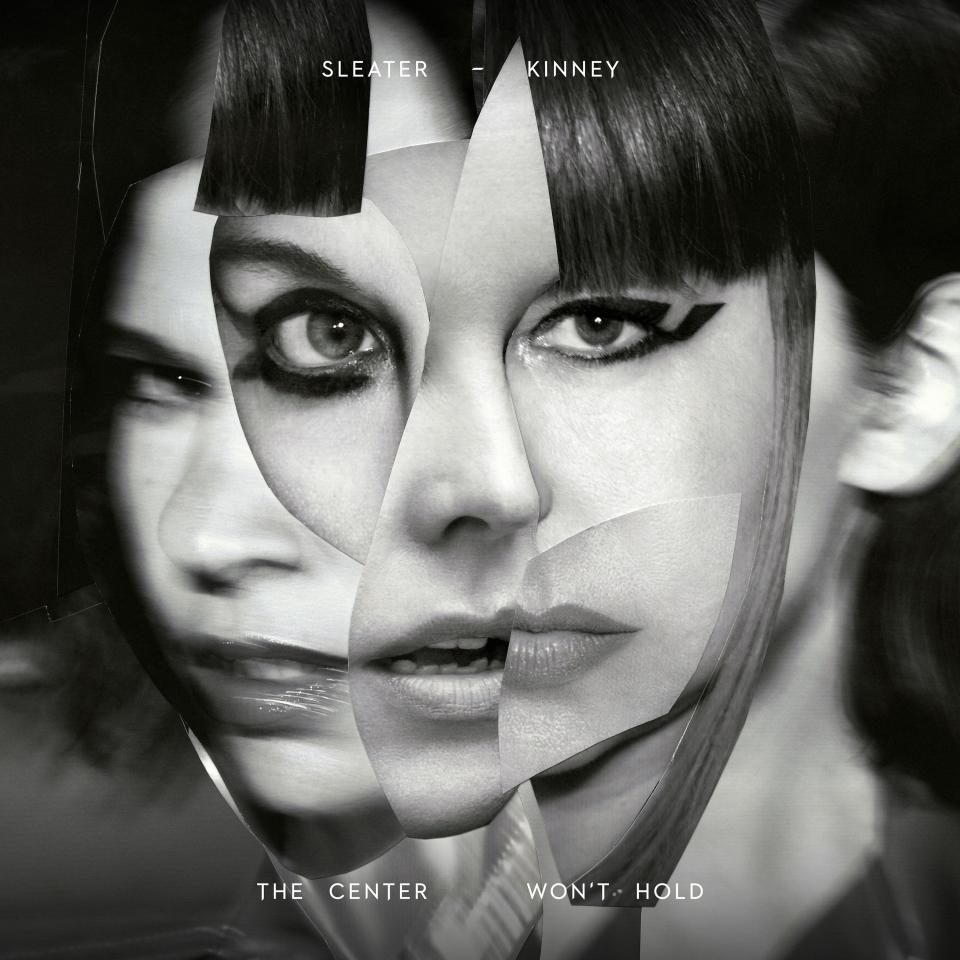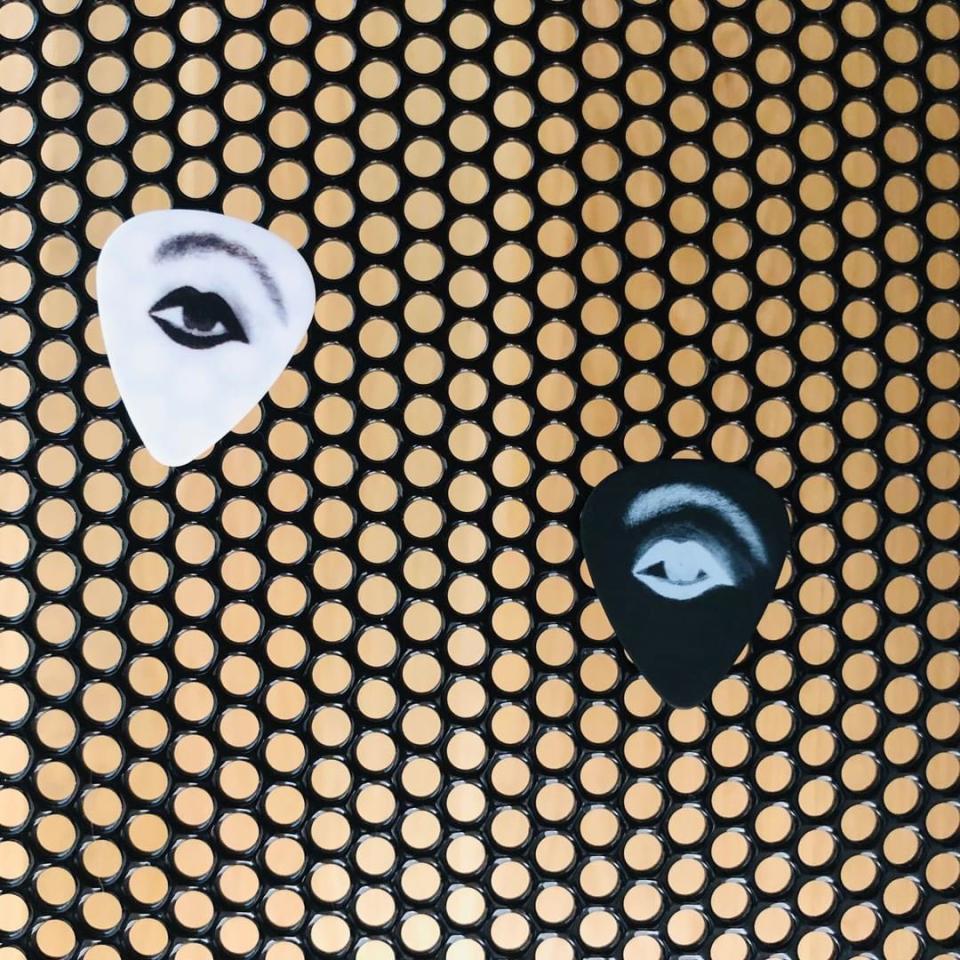Sleater-Kinney Are Still Here to Subvert, With a New Album and Aesthetic
Twenty-five years ago, Corin Tucker and Carrie Brownstein formed punk band Sleater-Kinney, galvanizing the late-’90s riot grrrl scene and propelling the ethos of the socio-musical movement into the 2000s. From their 1997 heartbreak opus, Dig Me Out, to 2005’s equal parts experimental and psychedelic The Woods, their records have offered women catharsis by way of disarmingly raw lyrics and thrashing sounds. Their new album, The Center Won’t Hold, is no exception—and yet it marks an entirely new chapter for Sleater-Kinney’s founding duo. (Longtime drummer Janet Weiss announced her departure shortly before its release, citing the band’s “new direction” as her reasoning.)
There’s The Center Won’t Hold’s increasingly political, post-#MeToo messaging, with its exquisitely warped sound courtesy of St. Vincent (aka Annie Clark), and a striking, directional aesthetic conceptualized in collaboration with designer Humberto Leon and Black Frame’s Brian Phillips. “We wanted to create a rumination on anger, fear, and sadness and how those feelings affect a body,” explains Brownstein over the phone. “In each song, we wanted the characters to have a really personal story and feel the weight of the times that we’re living in right now. Those experiences are through the lens of a female experience, a queer experience, and the way that that impacts our character.”

Visually, this new period is encompassed in the album’s artwork, which consists of collaged close-ups of Tucker, Brownstein, and Weiss, their eyes encased in graphic black eyeliner designs. “Humberto and Brian set out to make a visual aesthetic that really spoke to a kind of feminine power,” Tucker says. “It was Humberto’s idea, and he really wanted us to try this dramatic makeup to heighten the drama of the photos.” The punkishly encased eye is a motif that’s fluid, emblazoned on their guitar picks, cherry-red vinyl records, and clear cassette tapes. According to the pair, the jumping-off point for their striking above-neck statements was a mood board with a mix of gothic imagery and photographs of 1970s performance artists such as Martha Rosler and Carolee Schneemann. “We wanted to create a central location where everyone could add their ideas and pull references,” says Brownstein. “We looked for the commonalities, and it all tended to exalt the grotesque, so the aesthetic had to be dark, divided, and even a little unsettling at times. We knew we were presenting ourselves in a way that would be new for some people. We were willing to push things a little bit to surprise people and give something unexpected in the visuals.”
Though a visual pivot from their grungier days, the driving catalysts behind their new aesthetic are still the same. It’s all about subverting the male gaze in true riot grrrl fashion, from sooty eye makeup to visible underarm hair. “The critique of the uniformity for women’s bodies and for patriarchal beauty standards was really important for me as a young person,” says Tucker of being inspired by the women who did it first. “That’s been really influential for providing more inclusion for women of all different shapes, sizes, and colors. The more that we question the double standards that women are supposed to live up to, the more we can focus on the other ways that women can achieve in life.”

These sentiments are echoed in Sleater-Kinney’s new music video for “Can I Go On,” a track that evocatively confronts that double standard: “Sell our rage, buy and trade/But we still cry for free every day.” Directed by the band’s longtime friend Ashley Connor, it stars Lauri Guzda and Mami Kimura as two women having a reserved tête-à-tête over tea before suddenly stripping down to their underwear, mud wrestling, and smashing plates with abandon. “Within the broader thematic context of The Center Won’t Hold album, we wanted the video to speak to an existence that has been fractured and frayed by age or by loss, by divisive politics, by trauma or depression,” Brownstein explains. “We aimed to showcase the female body as a place of resistance, to explore how much it can withstand trespass, sorrow, and chaos. The body, then, becomes a site of transformation, repurposing invisible wounds and wear into kinetic energy and power. The women in the video display modes of strength and joy in ways we do not traditionally see.” Railing against the patriarchy as they always have, just with a radically recalibrated sound and look, Sleater-Kinney continues to be a beacon of female strength and resilience.
Originally Appeared on Vogue

